Tides are one of the most fascinating and important forces in nature, continuously shaping our coastlines and influencing marine life. While many have heard of high and low tides, fewer are familiar with neap tides. So, what is a neap tide, and why does it matter? Whether you're a beachgoer, sailor, or simply someone with a curiosity for natural phenomena, understanding neap tides can help you better predict water behavior and plan your activities along the shore. Let’s dive into what neap tides are and how they differ from other tidal events.
Define Neap Tide: An Essential Tidal Phenomenon
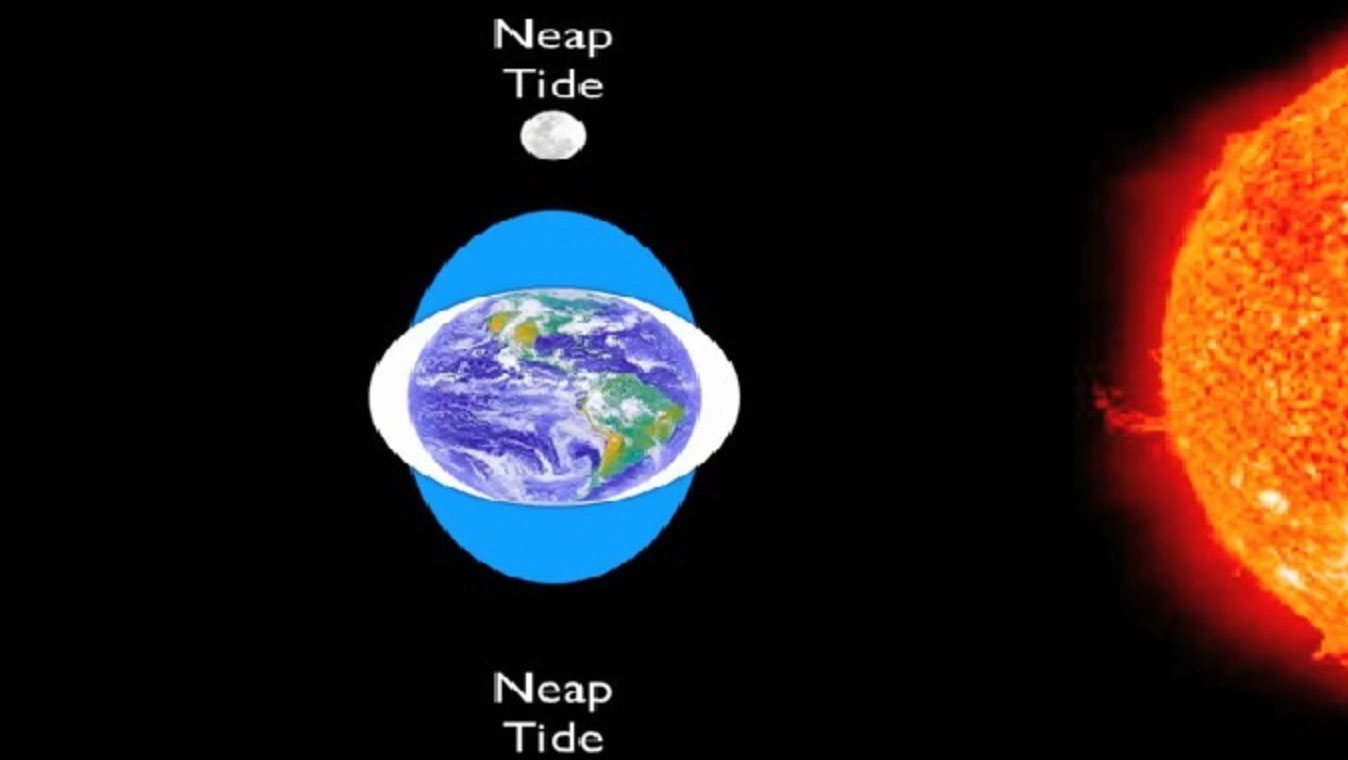
To define neap tide, we need to look at the moon and its gravitational effects on the Earth. A neap tide is a tide that occurs when the difference between high and low tides is least dramatic. This happens approximately twice every month when the moon is in its first and last quarter phases. During these phases, the gravitational forces of the moon and sun partially cancel each other out, leading to less extreme tidal changes.
When Does a Neap Tide Happen?
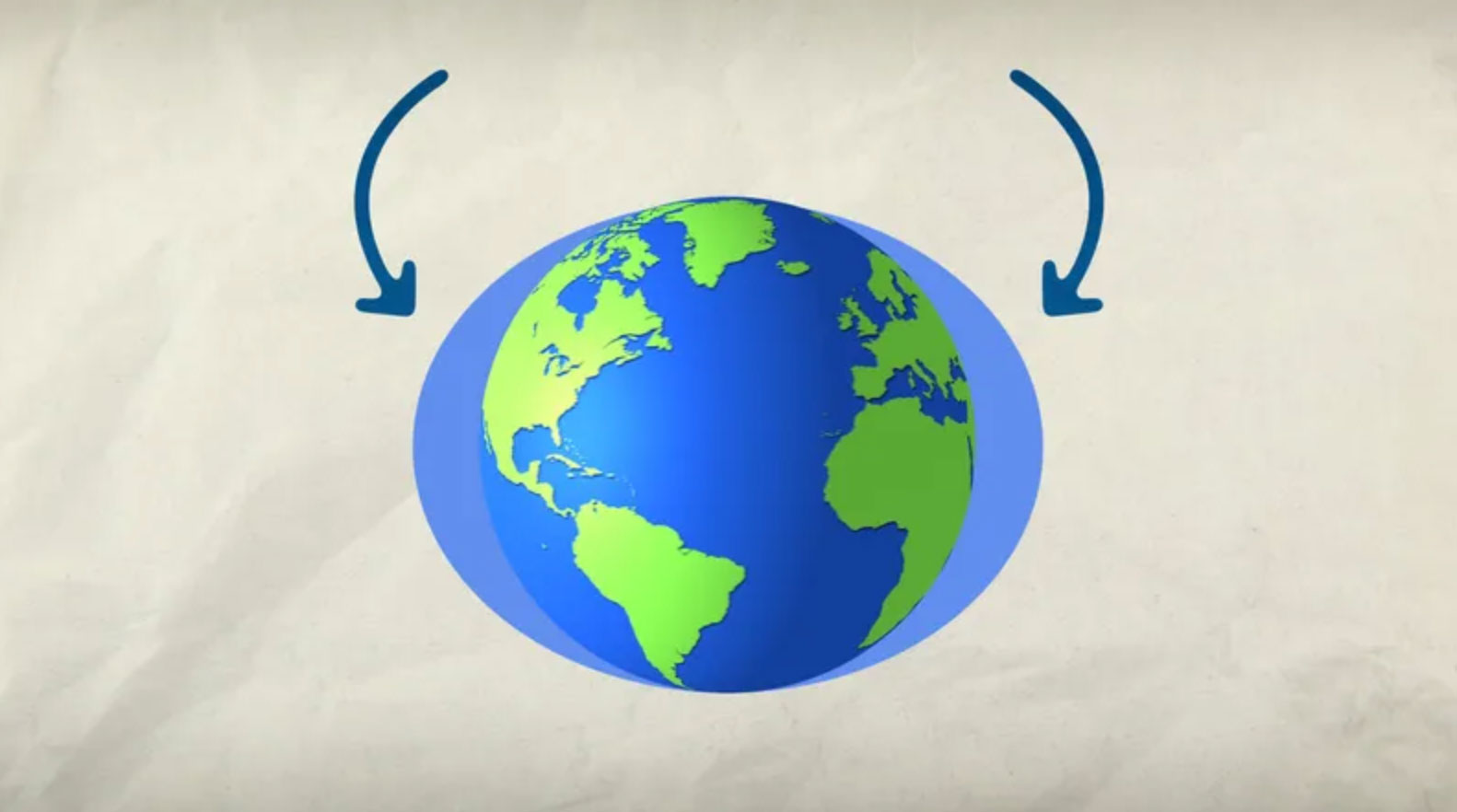
So, when does a neap tide happen? Neap tides occur when the moon is at a 90-degree angle relative to the Earth and the sun. This positioning reduces the combined gravitational pull responsible for larger tides. Specifically, neap tides happen seven days after a spring tide, during the moon's first and third quarters. Having this knowledge can be particularly helpful for navigators and coastal dwellers who rely on predictable tidal movements.
Neap Tides Occur When Lunar Forces Are Balanced
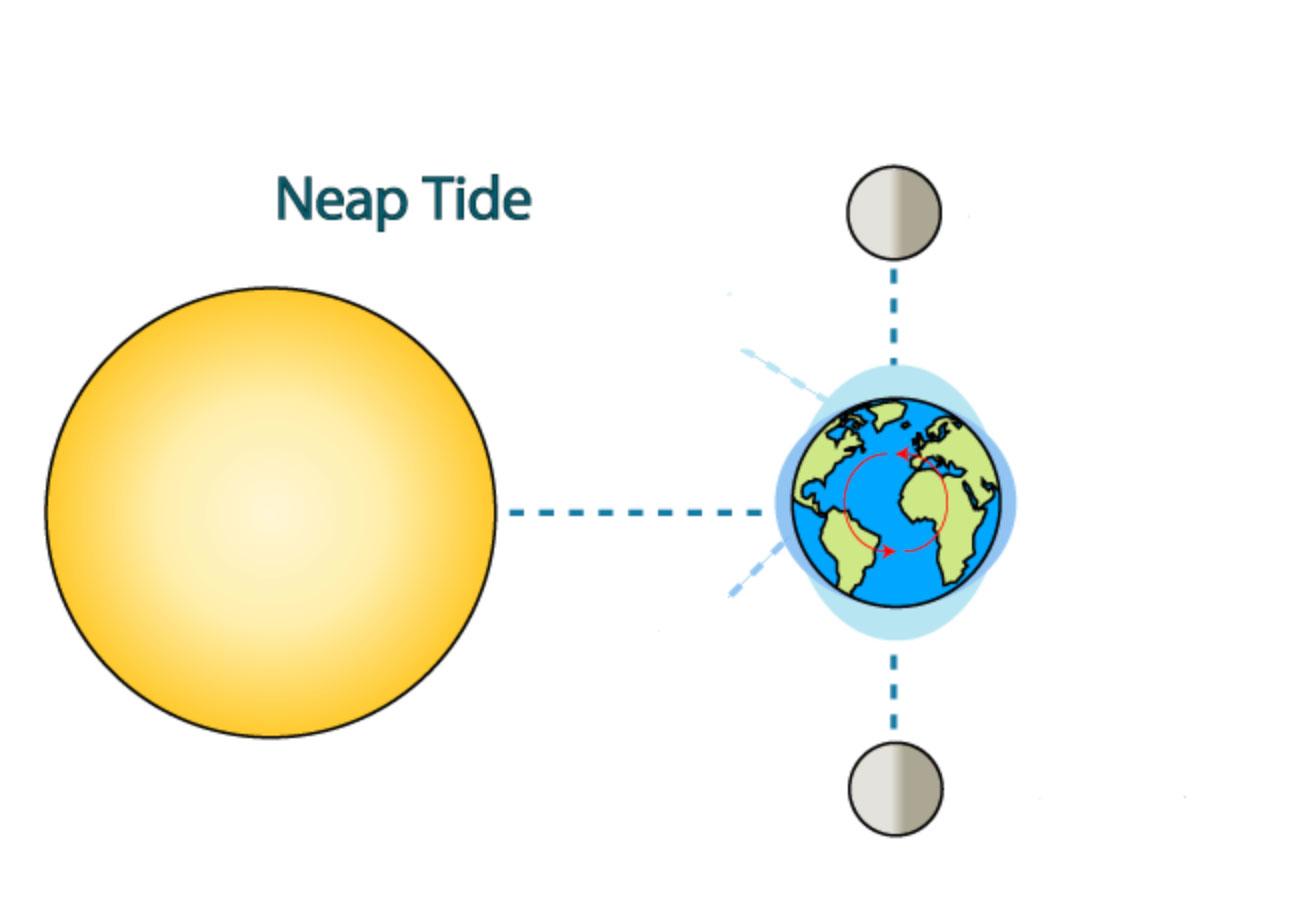
Neap tides occur when the gravitational forces of the sun and the moon work against each other. During this time, instead of the sun and moon working together to create very high and very low tides (as during spring tides), their forces oppose each other. As a result, this creates a smaller range between the high and low tides. This balance in gravitational forces is what defines neap tide conditions.
Visual Difference in Tidal Ranges
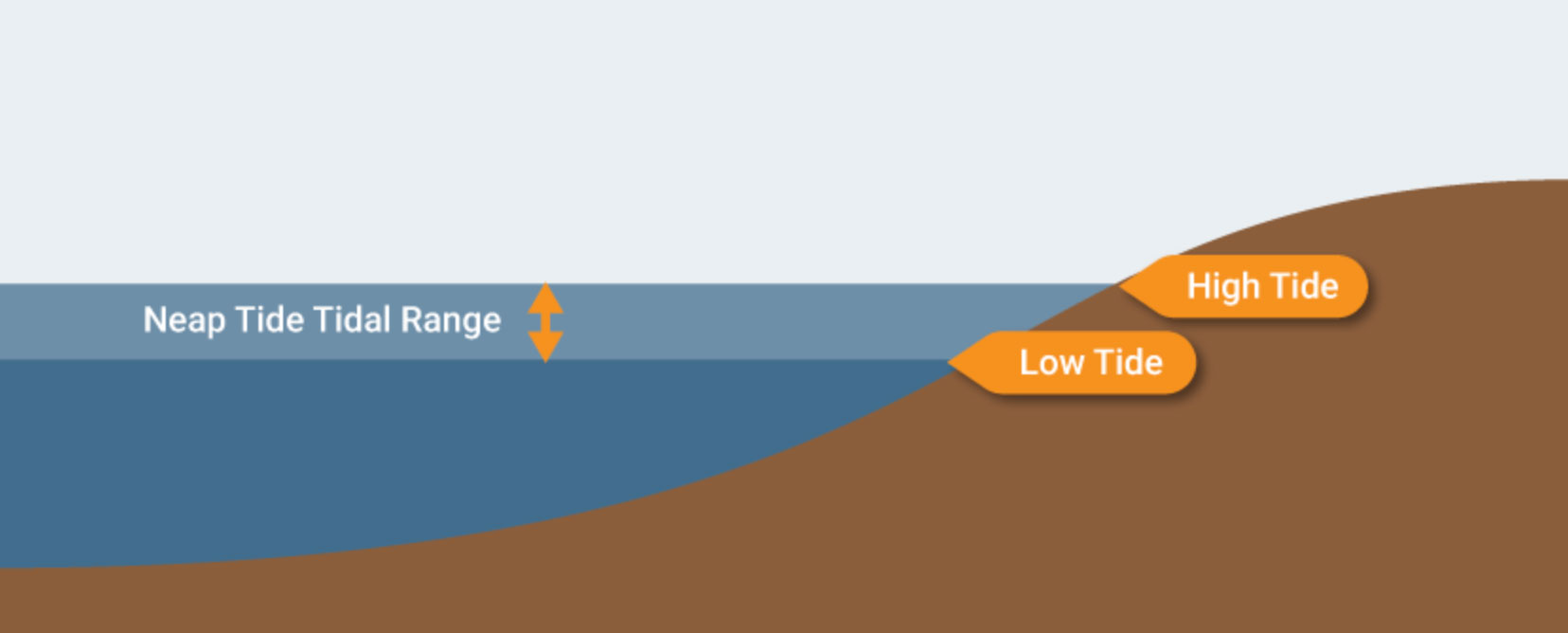
One of the easiest ways to observe a neap tide is by looking at the tidal range—the vertical difference between the high tide and the low tide. During a neap tide, this difference is noticeably smaller. Beachgoers may find the tides appear more 'even' throughout the day, with neither extremely high nor extremely low water levels. This subtlety makes neap tides less dramatic but no less important in marine planning and coastal management.
What Is the Difference Between Spring Tides and Neap Tides?
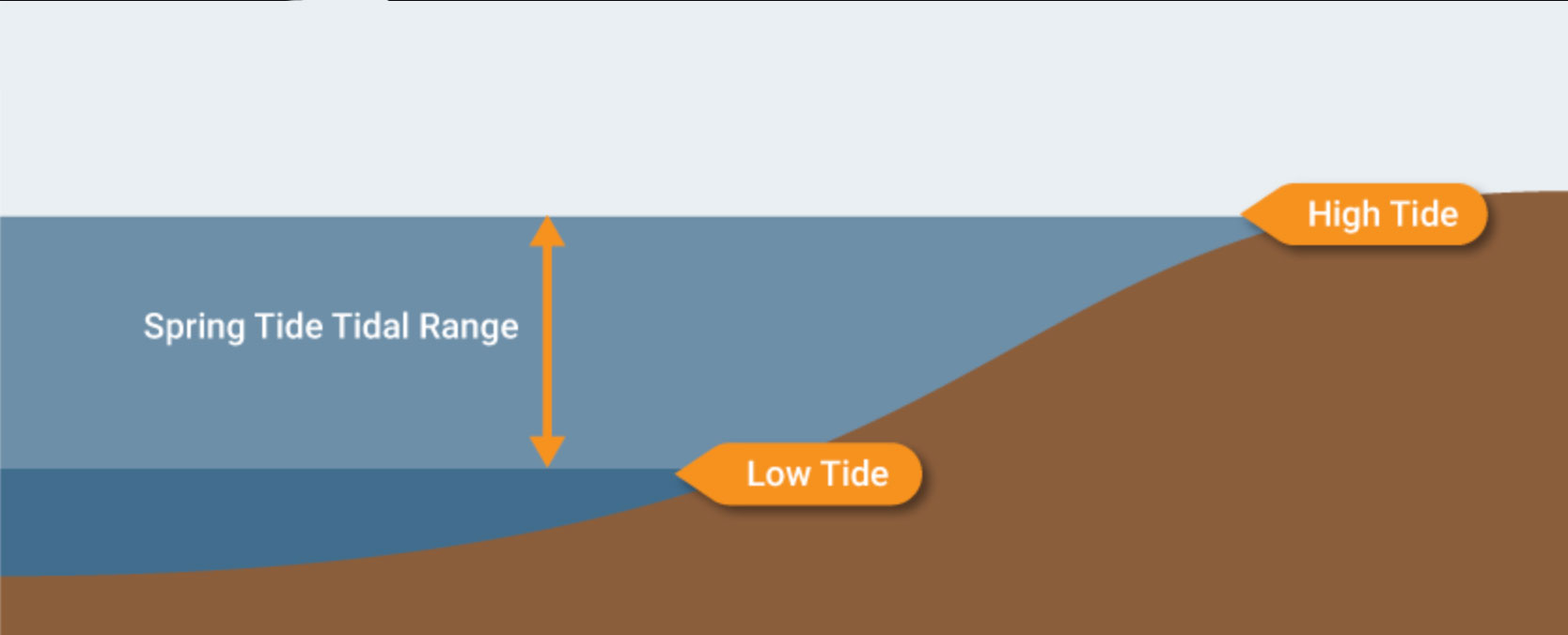
It's essential to understand what is the difference between spring tides and neap tides. Spring tides occur when the Earth, the moon, and the sun are in a straight line, resulting in the strongest gravitational forces that cause the most extreme tidal ranges. In contrast, neap tides occur when these bodies form a right angle, leading to weaker tides. In simpler terms, spring tides are the most intense while neap tides are more moderate, with a narrower range between high and low water marks.
Real-World Implications of Neap Tides
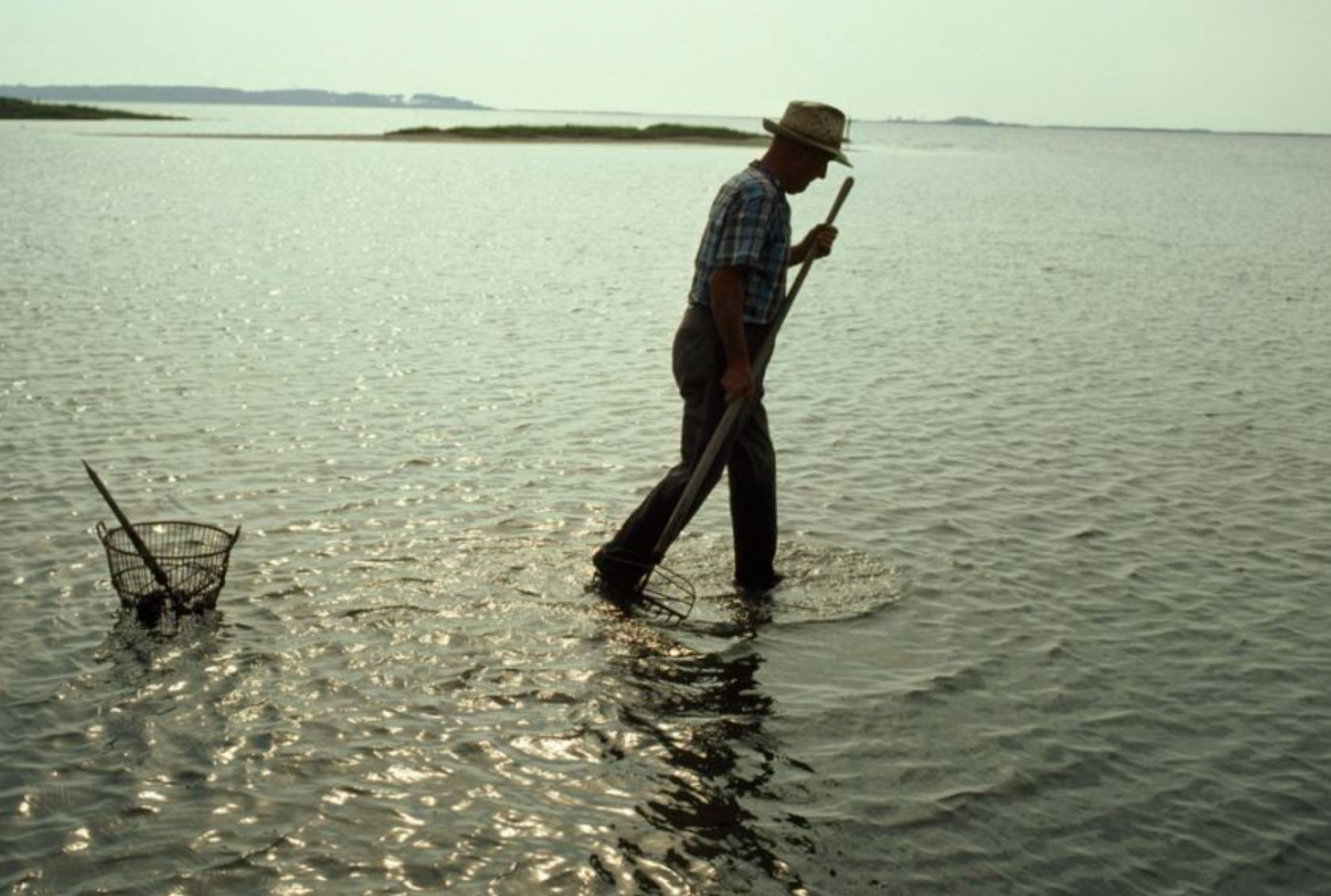
Understanding neap tides isn't just for academic interest—it has practical applications too. Fishermen, kayakers, sailors, and coastal property owners all benefit from knowing the tide schedules. Neap tides can affect navigation in shallow waters and influence the times and locations ideal for fishing or other marine activities. Additionally, neap tides often result in less coastal erosion compared to spring tides, making them a safer time for certain coastal developments and events.
How Neap Tides Affect Marine Life
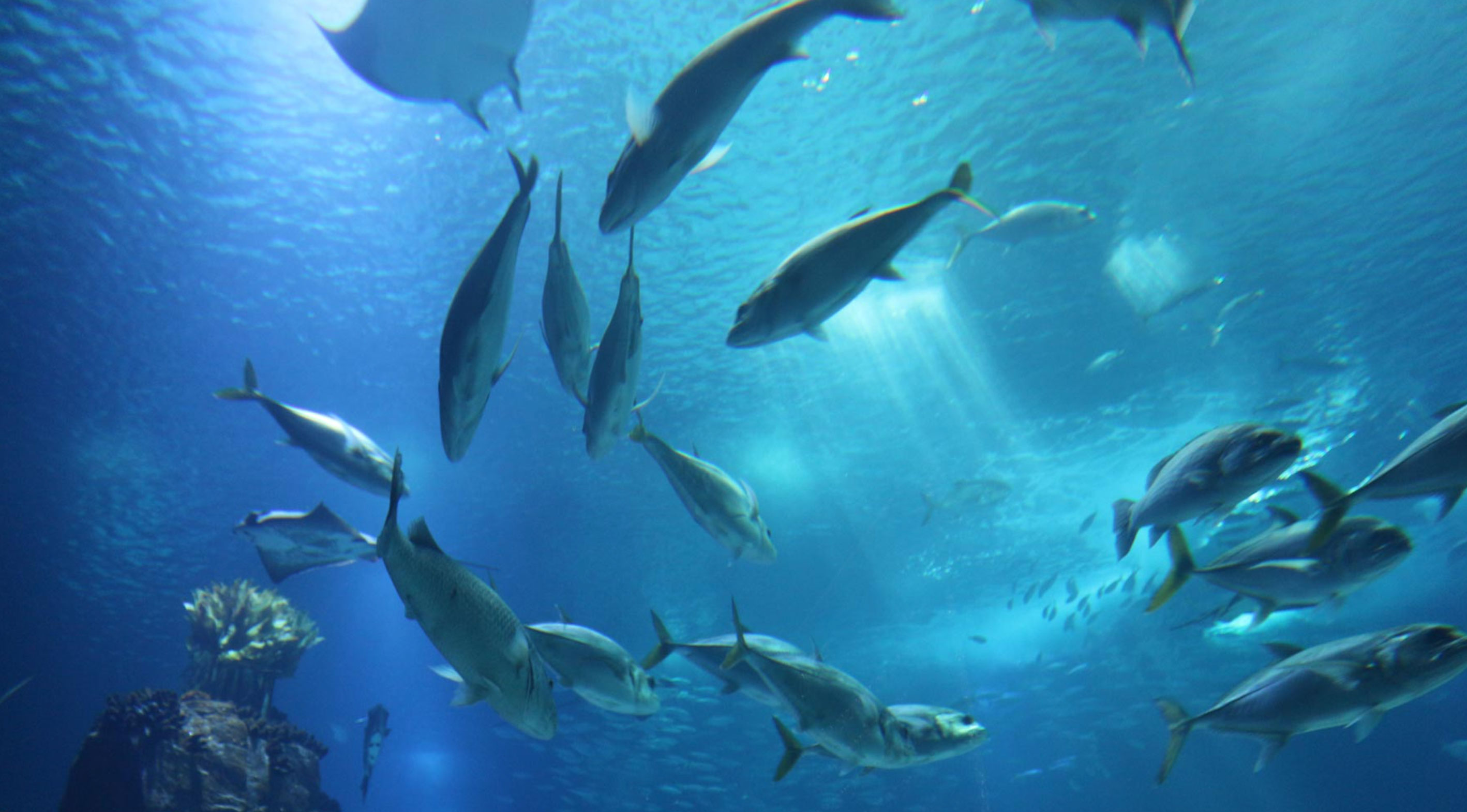
Marine ecosystems are deeply connected to tidal patterns. During spring tides, stronger currents and water movement occur, stirring up nutrients and affecting marine life behaviors. Neap tides, with their gentler changes in water levels, offer a different environment. Some marine species use neap tides for spawning or for migration, taking advantage of the calmer waters. Thus, recognizing when neap tides occur can be crucial for marine biologists and environmental planners.
Why You Should Know About Neap Tides

Knowing about neap tides isn't just for scientists. Whether you're planning a beach day, building a seawall, or navigating a harbor, understanding tidal patterns can make a big difference. Neap tides provide predictability and safety in many scenarios, helping reduce the risk of flood or failed navigation. As climate conditions change and coastal activities increase, being aware of when neap tides happen and how they differ from other tidal events becomes increasingly important.
Neap tides may not generate the dramatic water levels seen in spring tides, but they play a vital role in Earth’s tidal system. By learning what a neap tide is, understanding when neap tides occur, and knowing how they differ from spring tides, you place yourself in a better position to engage with the natural world, particularly in coastal settings. Whether it's for recreation, safety, or science, appreciating the subtleties of neap tides is both practical and essential.


